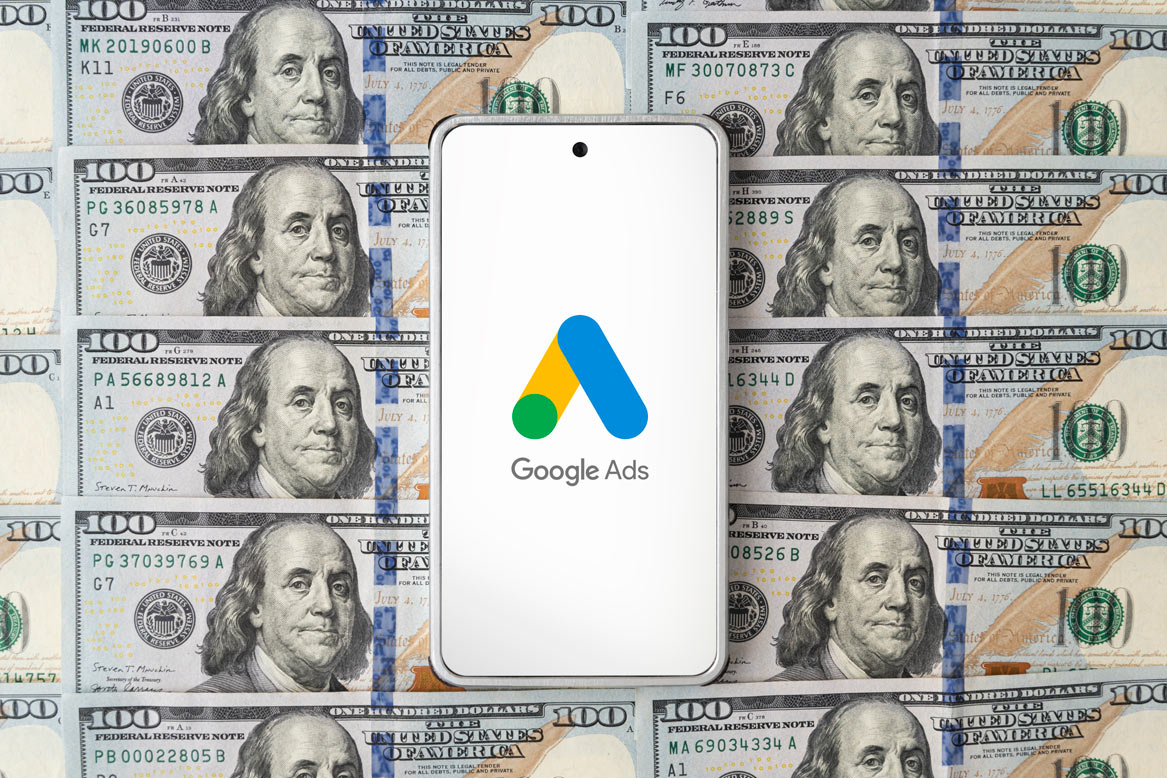I’ve just recently run into this situation and wanted to share some tips with you on how an e-commerce store can best use Google AdWords. First, it is important that if you are using a third party shopping cart that you understand that you really must create shopping category pages…
-
-
AdWords Beta Interface Broken But Has Possibilities
I am so sick of beta applications being released that really should still be in the developer’s sand box and the Google AdWords new beta interface is one of them. I have to say that the new interface has tremendous new conveniences for power uses such as myself, but will…
-
Hot AdWords Tip on Title Character Count and Keyword Insertion
This just in from a chat conversation with a Googler at AdWords! (This note was also posted at the Webmaster World forum for professionals.) I challenged AdWords customer support about a competitors ad that showed 26 characters in the title of the AdWords ad and was told by a specific…
-
Coming Soon New Trademark Rules to Google AdWords
With Google fighting a lawsuit on the use of trademarked keywords, it is simply a matter of time before G0ogle AdWords will not allow trademarked keywords in your AdWords trigger list. Read the full article at the Wall Street Journal here to come up to speed on the lawsuit. For…






